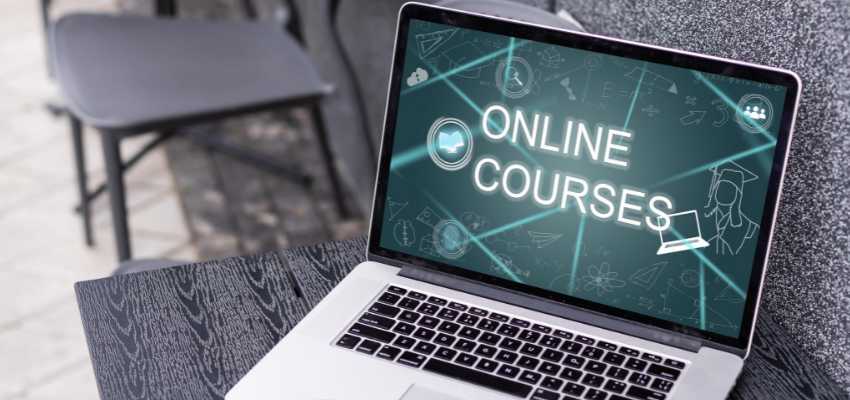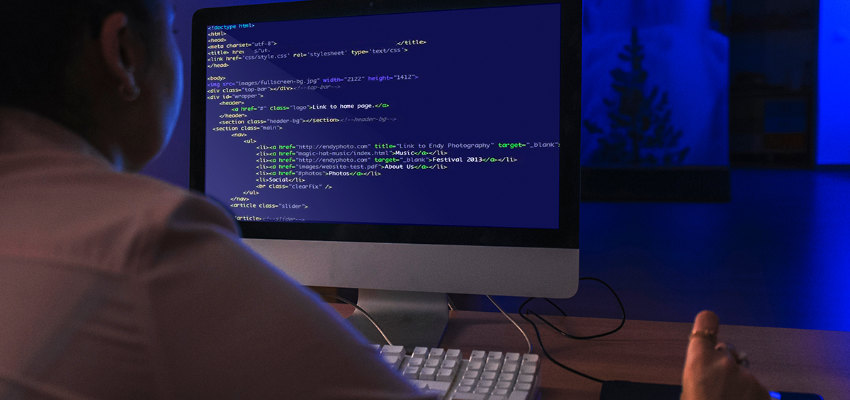Show:
Ensuring Accessibility in Online Courses for Inclusive Learning
In today’s increasingly digital world, online education has transformed the way we learn, teach, and grow. From university degree programs and professional certifications to short courses and self-paced modules, digital learning platforms offer learners unmatched flexibility and convenience. However, despite its many advantages, online learning also presents unique challenges—particularly when it comes to accessibility.

To ensure that education is truly inclusive, it is essential to design online courses that are accessible to everyone, regardless of physical, sensory, cognitive, or technological limitations. Accessibility in education is not just a legal requirement—it is a moral and educational imperative that promotes equity, inclusion, and universal participation.
Why Accessibility in Online Education Matters
Accessibility refers to the practice of making digital content usable by people with a wide range of abilities and disabilities. In the context of online learning, this includes learners who may be blind or visually impaired, deaf or hard of hearing, those with mobility impairments, learning disabilities, or cognitive differences.
When online courses are designed without accessibility in mind, they can unintentionally exclude these learners, creating unnecessary barriers to engagement and success. Some of the most common accessibility issues in digital education include:
- Videos without captions or transcripts: Learners who are deaf or hard of hearing may miss important information if audio content lacks text alternatives.
- Inaccessible documents and slides: PDFs and presentation slides that are not properly tagged or formatted can be unreadable to screen readers.
- Poor color contrast or hard-to-read fonts: Learners with visual impairments may struggle to see content that lacks sufficient contrast or uses decorative, complex fonts.
- Complex or inconsistent navigation: Students with motor impairments or cognitive disabilities may find it difficult to use platforms that are not keyboard-friendly or lack intuitive structure.
These issues are not just inconveniences—they are obstacles that can prevent students from fully participating in their education. Creating inclusive online learning environments is about removing these obstacles and providing equal access to educational opportunities.
Key Principles of Accessible Online Learning
To build truly inclusive online courses, educators and institutions should follow core accessibility principles:
- Perceivable – Ensure that all information and user interface components can be perceived by all learners. This includes providing text alternatives for non-text content and using clear layouts.
- Operable – Interface and navigation must be usable via keyboard and accessible to screen readers. Avoid time-based restrictions that can exclude learners with certain disabilities.
- Understandable – Content should be clear, consistent, and easy to comprehend. Avoid jargon and use plain language when possible.
- Robust – Course content should be compatible with various assistive technologies and remain accessible as technologies evolve.

Strategies for Improving Course Accessibility
Ensuring accessibility doesn’t have to be overwhelming. Here are practical steps to start the process:
- Use Accessible LMS Platforms: Choose learning management systems (LMS) that support accessibility features.
- Design with Accessibility in Mind: From the start, build content that meets WCAG 2.1 guidelines.
- Provide Alternative Formats: Offer transcripts for videos, alt text for images, and readable documents.
- Test with Real Users: Include individuals with disabilities in usability testing to gather authentic feedback.
The Role of Accessibility Remediation
Even with the best intentions, many educational institutions and content creators face a common challenge: legacy content. These are existing materials—such as outdated PDFs, inaccessible quizzes, or non-captioned video lectures—that don’t meet current accessibility standards. This is where accessibility remediation services become essential.
Accessibility remediation involves identifying, fixing, and optimizing digital content so it meets established accessibility standards. These services can transform existing course materials into inclusive resources by:
- Converting scanned documents into screen-reader-friendly formats
- Adding captions and audio descriptions to video content
- Ensuring proper HTML tagging for web pages
- Correcting contrast issues and navigation inconsistencies
By leveraging professional remediation services, educational institutions can rapidly close accessibility gaps without having to rebuild entire courses from scratch. These services offer both technical expertise and efficiency, allowing educators to focus on delivering high-quality instruction while ensuring all students can engage with the content equally.
Conclusion
Accessibility in online education is about more than just checking boxes—it’s about cultivating a learning environment where everyone has the opportunity to succeed. Inclusive course design benefits all students, not just those with disabilities. It improves usability, enhances engagement, and supports diverse learning preferences.
By embracing accessibility from the ground up and making thoughtful adjustments to existing content, educators and institutions can ensure that no learner is left behind. Whether through proactive design, inclusive technology choices, or expert remediation, the path to truly accessible education is both achievable and essential.
In the digital age, inclusive learning is not optional—it’s the foundation of educational excellence.

 Return to Previous Page
Return to Previous Page








